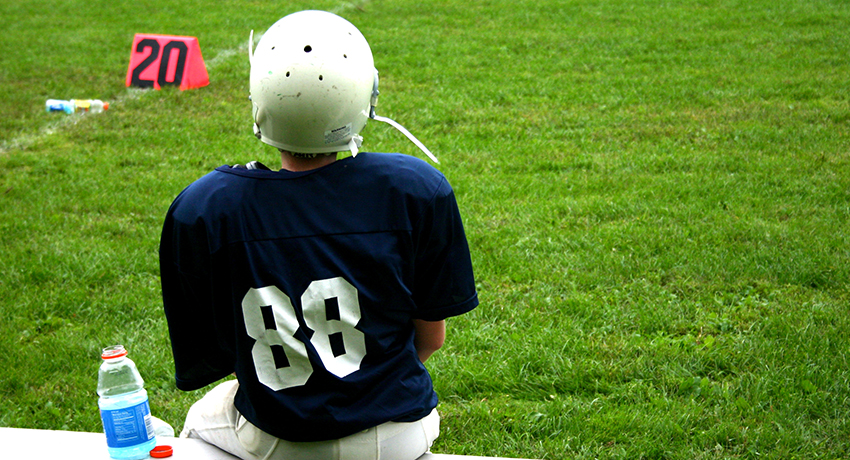Sports
Back-to-school sports safety | UT Physicians

Students are back in the classroom, and many have also returned to the pool, court, track, mat, field, and weight room.

As excited as they may be to regroup with their teams and get back into a sports routine, this is also a time to consider sports safety and take precautions to reduce the risk of injury.
“Kids tend to think they’re invincible, but they’re still at risk for injury,” said Angie L. Curtis, MD, a pediatric sports medicine specialist with UT Physicians.
Nutrition, hydration, strength, and fitness may be off track after a summer break, which is why Curtis recommends a structured return to sports.
Ease back into activity
Students who had a break from their sport during the summer are at risk for overuse injury if they resume activity too fast.
“There is a deconditioning that happens whenever there is a period of inactivity, and that’s why it’s important to go slow and steady when you rejoin a sport,” said Curtis. “Especially for middle school athletes, their bones are still immature and more susceptible to fractures, whereas the older teenagers are more prone to injuring their ligaments and tendons.”
Take time to warm up
Another important aspect of sports safety is to always begin with stretching and a light warmup. Using cold muscles at full speed could put undue stress on the body and increase the risk of injury.
Focus on food and fluids
An often-overlooked area of performance is nutrition and hydration. What you put in your body is the fuel to keep it functioning for peak conditioning.
For young athletes training and performing outside, sports safety means focusing on fluid intake. Make this a priority during the days and weeks leading up to long outdoor exposure, says Curtis, not just the day before a game or practice.
“This is especially necessary for football players practicing outside while wearing heavy equipment. They need to make sure their hydration is optimal,” said Curtis. “Your overall hydration balance in a 24-hour period is set a few days in advance. Fully hydrated athletes will reduce their risk of heat illness or heat exhaustion.”
The same concept applies to nutrition.
“They need a proper balance of protein, carbohydrates, and fat. This will affect their performance and energy levels,” said Curtis. “Student-athletes tend to need more calories than the average student, but these need to come from healthy foods.”
Prioritize rest and recovery
If your student-athlete didn’t take a summer break, thanks to the year-round cycle of school, club, and travel sports, resting between teams and activities is important.
“A child needs at least one day off from practice a week,” said Curtis. “They will also be at increased risk of injury if their hours of practice/competition per week is greater than their age.”
Incorporating rest days is an essential part of sports safety and should be part of their athletic schedule.
Proper fit
Everything from racket size to shoe size needs to be remeasured when growing teens restart sports.
Wearing or using the wrong size equipment could put abnormal use or stress on their bodies.
“Growth spurts sneak in there, and you don’t want to base anything off old information,” said Curtis.
Follow the fun
Ultimately, staying safe with warmups, nutrition, hydration, rest, and proper gear will lay a foundation for a successful season. Curtis stresses, above all else, to make sure the fun of sports remains intact.









